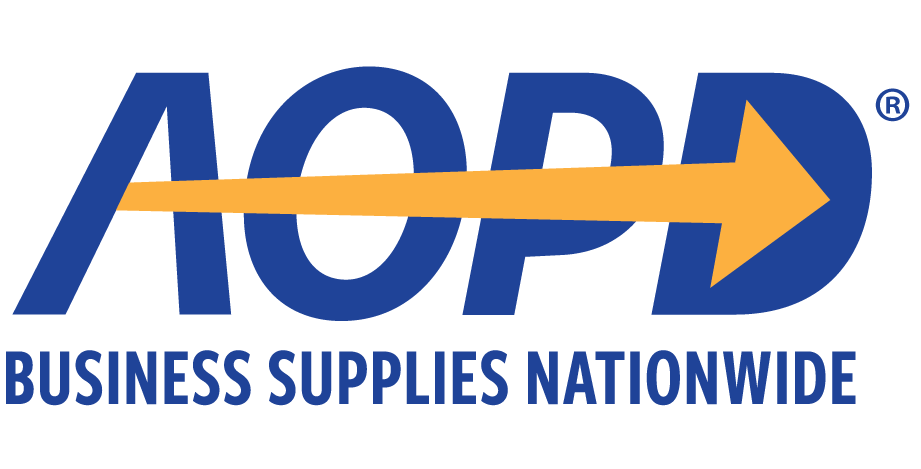There’s no denying that students need strong social and interpersonal skills to be successful. However, these skills aren’t instinctive—rather they must be patiently developed. We see this, for example, when a child is trying to communicate or collaborate with others. Face-to-face exchanges necessitate an ability for the child to react and respond in a positive manner. To be the most successful, the child needs the ability to read verbal and nonverbal cues.
There are many activities you can use to develop social and interpersonal skills in your students. You’ll need to focus on skills that advance awareness and focus, collaborative learning, as well as promote the understanding of social cues. These things and more can open the doorway to a better educational experience, which then leads to students having healthier relationships, future employment opportunities, and overall better citizenship within their community.
In this blog, we’ll discuss educational best practices and tips for creating activities and classroom setup ideas that will help you develop your students’ social and interpersonal skills.
Social and interpersonal skills “support children to accurately interpret other people’s behaviors and effectively navigate social situations and interact positively with peers and adults.” (2017, Jones)
Encourage Social and Interpersonal Skills Using These Educational Best Practices & Classroom Setup Ideas
- Social Awareness: Provide time for your students to reflect on important current events. Encourage students to see outside of themselves and explore other situations. This may involve debate, written reflection, or artistic expression. Give your students permission to move around the classroom to better facilitate natural peer interactions. This can be accomplished using mobile classroom furniture and a strategic classroom setup that incorporates a variety of learning strategies.
- Collaboration: When students work collaboratively, they are placed in situations to practice their social cues, interpret body language, and develop reasoning skills. Create an optimal learning environment by ensuring your classroom setup allows students to work in partner groups. Set students across from each other at shape tables or pair student desks together. Activities that foster peer collaboration include “Think, Pair, Share” and “Turn to Your Partner.” These types of interactions encourage creativity and provide a safe way for students to practice communication and problem-solving skills. Learn more on collaborative learning by reading, “How a Collaborative Classroom Enables Learning.”
- Mindfulness: There are different ways to help your students practice mindfulness and bring awareness to their physical selves. One activity is to have your students find a comfortable seated position—a chair, a Pixel on the floor, a rocker, or a MOV stool—and instruct students to survey their senses. Calmly talk them through the activity, encouraging them to focus on what they see, hear, smell, taste, what they can physically touch, and what emotions they are experiencing. The great thing about mindfulness is it can be practiced in any classroom setup and with any classroom furniture. For more information on the concept of mindfulness and how you can use it in your classroom to encourage social and interpersonal skills, review this Harvard Health Article, “Benefits of Mindfulness.”
Get Started Creating the Right Classroom Setup for Your Students
Creating an optimal classroom setup that encourages students to develop their social and interpersonal skills can be challenging without the right tools and information. If you need help designing your classroom setup and incorporating the best classroom furniture for your school’s needs, we can help!
Thanks to Nancy Sykes, MA, Licensed Professional Counselor for her contributions to this article. Also thanks to Artcobell for providing the article.



